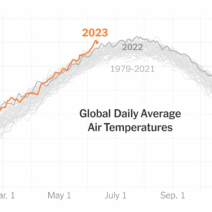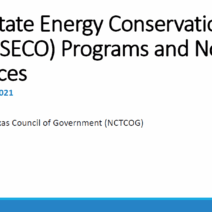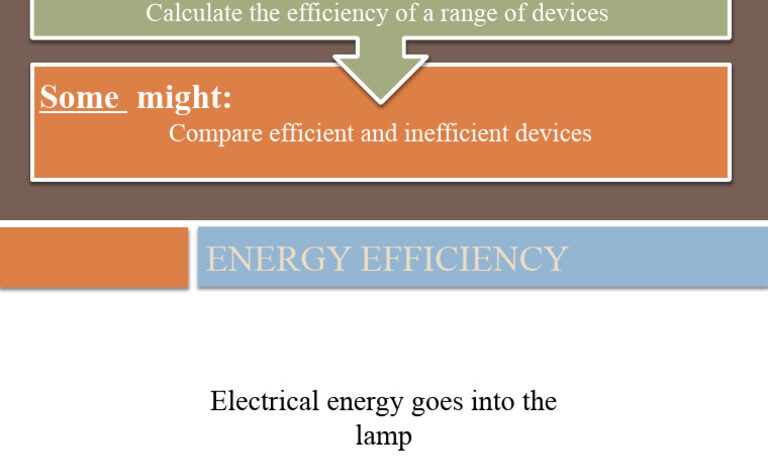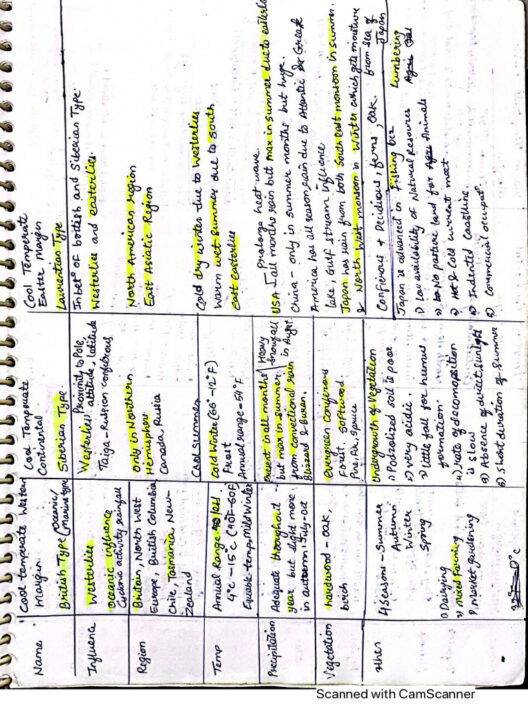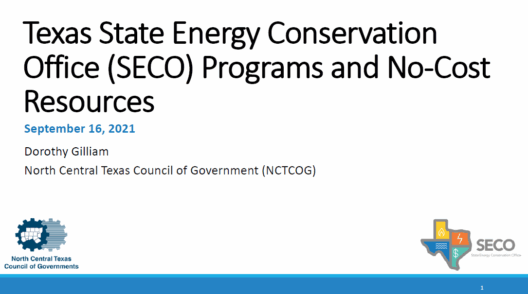Conservation efficiency, often heralded as a cornerstone of sustainable energy practices, prompts an intriguing duality—whether it can be categorized as a source of energy itself. At first glance, it may seem counterintuitive to classify efficiency in energy use as a distinct source. However, a nuanced exploration reveals a complex interplay between energy consumption reduction and energy generation, redefining the parameters of what constitutes a source of energy.
To define conservation efficiency, one must consider its primary purpose: to reduce energy waste through optimized consumption patterns. This can occur through advanced technologies, systemic changes in infrastructure, or behavioral modifications among individuals and organizations. Thus, conservation efficiency serves to ensure that the energy utilized is maximized effectively—a concept rooted in the philosophical underpinnings of resource management and environmental stewardship.
At its core, conservation efficiency challenges traditional paradigms regarding energy sources. Conventional energy sources—such as fossil fuels, nuclear power, and renewable options like wind and solar—are generally understood as methods of energy production. However, seeing conservation efficiency merely as a political, economic, or environmental talking point neglects its potential to reshape energy landscapes fundamentally. When energy is conserved, it directly correlates with a decrease in demand for additional energy production, impacting the overall energy ecosystem.
In analyzing whether conservation efficiency qualifies as an energy source, it becomes essential to delve into energy return on investment (EROI). EROI measures how much usable energy is derived from an energy-producing process compared to the energy expended to obtain that energy. A high EROI signifies that minimal energy is required for conversion, making conservation efforts potentially more favorable. For example, implementing energy-efficient appliances in households reduces the demand on power plants, which may obviate the need for additional energy generation facilities. This, in turn, leads to diminished fossil fuel extraction, thereby lowering greenhouse gas emissions and the environmental degradation associated with energy production. In this way, the energy conserved effectively operates as a source by negating the requirement for more intensive energy production.
Moreover, conservation efficiency offers economic advantages that further bolster its candidacy as an energy source. The costs associated with new power plants, fossil fuel extraction, or extensive infrastructure developments are astronomical. By prioritizing energy conservation measures, societies can allocate resources more judiciously. The cost-effectiveness of energy conservation initiatives often results in financial savings for individuals and businesses alike, reinforcing the viewpoint that conserved energy equates to an alternative source of energy that is sustainable and economically viable.
A compelling illustration lies in the realm of public transportation systems. Cities that prioritize efficient public transport options experience reduced energy consumption on a larger scale. Fewer individual car journeys translate to significantly less fuel consumption, which could be viewed as contributing to the collective energy pool available. In this context, conservatively designed public transport is not just a means to facilitate movement but emerges as a powerful tool for energy conservation. The transportation sector exemplifies how efficiency acts as a significant source of energy through lowered carbon footprints and diminished reliance on fossil fuels.
Furthermore, the psychological aspect of energy conservation compels attention. The philosophy of diminishing energy waste fosters mindfulness regarding energy use and encourages consumer behavior aligned with sustainable practices. The fascination with conservation efficiency stems from the profound understanding of our shared responsibility towards managing resources judiciously. The realization that simple daily actions—like turning off lights, using energy-efficient fixtures, or implementing smart technology—contribute to reducing energy demand ignites a deeper commitment towards sustainable living. Through education and awareness, societies can cultivate a culture that equates responsible energy usage with an essential source of energy.
Nevertheless, focusing solely on conservation efficiency as a source also comes with caveats. The efficiency paradox can emerge; as technologies evolve and become more efficient, consumption patterns often increase—an observation exemplified by rebound effects. For instance, a more efficient vehicle may lead users to drive more frequently because fuel costs are lower. Therefore, it is paramount to approach conservation efficiency not merely as a standalone solution but as part of a broader integrative strategy within energy transition frameworks.
The potential of conservation efficiency extends beyond pure economic and environmental considerations. It embodies a transformative ethos that shapes societal norms and values surrounding technology, consumption, and resource management. Integrating energy efficiency into policy frameworks establishes a foundational principle of future development. In government planning and procurement processes, embedding conservation efficiency is essential not only for reducing immediate energy demand but also for inspiring an ongoing shift in societal values towards resource sustainability.
In conclusion, conservation efficiency, when scrutinized deeply, argues a compelling case as a source of energy. The capacity to reduce demand for additional energy resources positions it favorably in the dialogue around sustainable practices. The economic ramifications, environmental impacts, and societal shifts further substantiate the assertion that efficiency cannot only modify current energy paradigms but also pave the way for innovative solutions in a world increasingly defined by its need for sustainability. As such, it warrants recognition not just as a practice but as a vital form of energy in an era marked by complexity and change. With a cohesive approach, embracing conservation efficiency fosters a symbiotic relationship between society’s energy use and environmental well-being—a path to an energy-conscious future.
